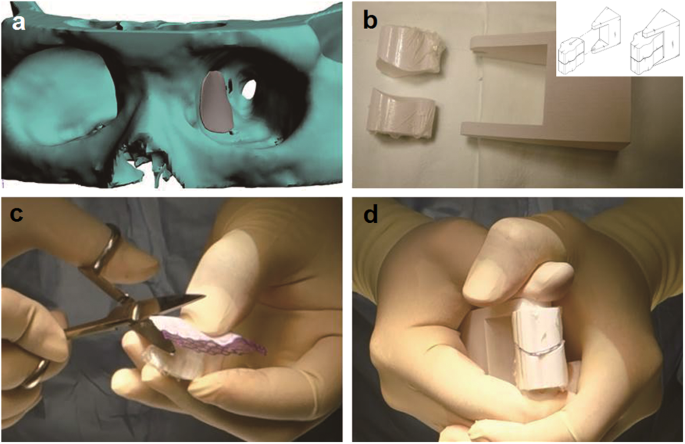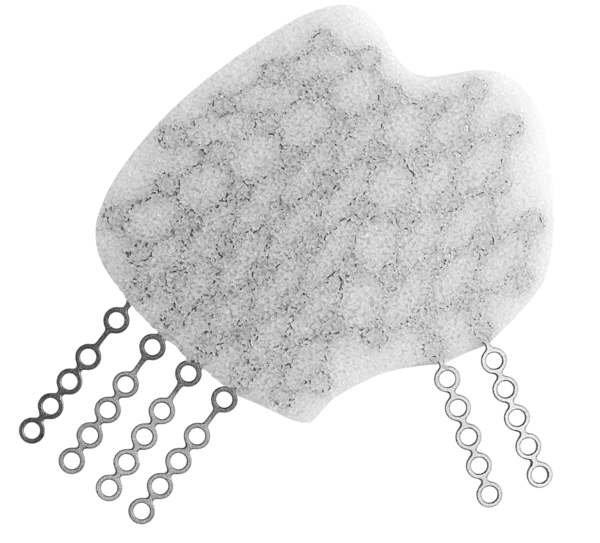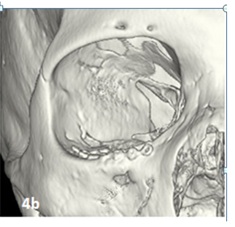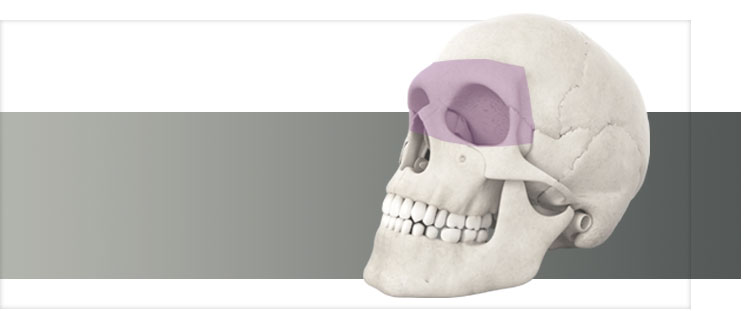Orbital Floor Reconstruction With Titanium Mesh
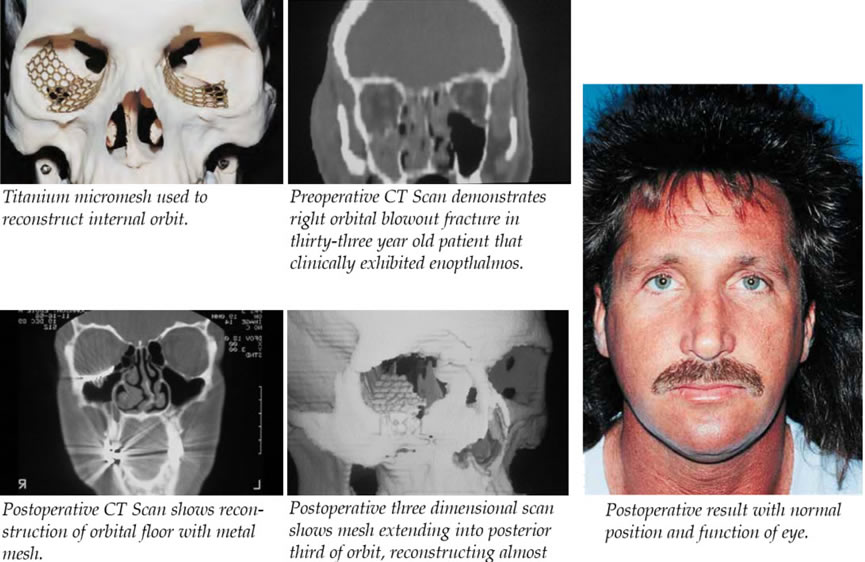
The role of the titanium mesh is to restore the orbital volume and globe projection by anatomic reconstruction.
Orbital floor reconstruction with titanium mesh. In general there are no changes in the orbital contents and the purpose of the titanium. Successful use of titanium mesh sheets in the reconstruction of orbital wall defects of up to 2 5 x 2 5 cm following trauma and followed up for a mean of 24 months is demonstrated. To reconstruct the orbital floor defects there are a lot of reconstruction materials the surgeon must choose one of them. Reconstruction of the orbital floor has to respect the course of the infraorbital nerve in the orbital floor.
Postoperative computed tomography scans recorded after three dimensional 3d reconstruction were used to evaluate the symmetry of the orbital floor including orbital floor height orbital floor eminence globe projection orbital volume and surface. The purpose of this case series was to assess the aesthetic and functional outcome of orbital floor reconstruction performed with calvarial bone graft titanium mesh or prolene mesh. The authors share their experience with 10 patients suffering from orbital trauma causing orbital floor fracture. Those fractures were reconstructed using titanium mesh.
These devices have proven their effectiveness. Among the nonresorbable implants titanium mesh is the most common graft used for orbital reconstruction. A study was undertaken to evaluate the safety of magnetic resonance imaging mri of metallic implants used in cranio orbital reconstruction stainless steel wire and titanium and vitallium plates and also to compare the degree of artifact created on computed tomographic ct scanning and mri by each material. Primary reconstruction was accomplished in all 12 patients.
A retrospective review was performed on 12 patients who underwent reconstruction of brown class iii orbitopalatomaxillary defects with extensive orbital involvement at minimum complete orbital floor and rim absent with titanium mesh sling and a layered fibula free flap. It is continuously improved to achieve accurate restoration of orbital volume. They provide a reliable support for the orbital contents optional screwing of the tmi to the orbital rim prevents secondary displacement. This material is especially useful in orbital floor and medial wall blow out fractures and is a valuable additional material for use in maxillofacial reconstruction.
Early decompression is favorable for neural restitution. Nineteen patients who underwent orbital floor reconstruction with individual titanium mesh were included in this study.

